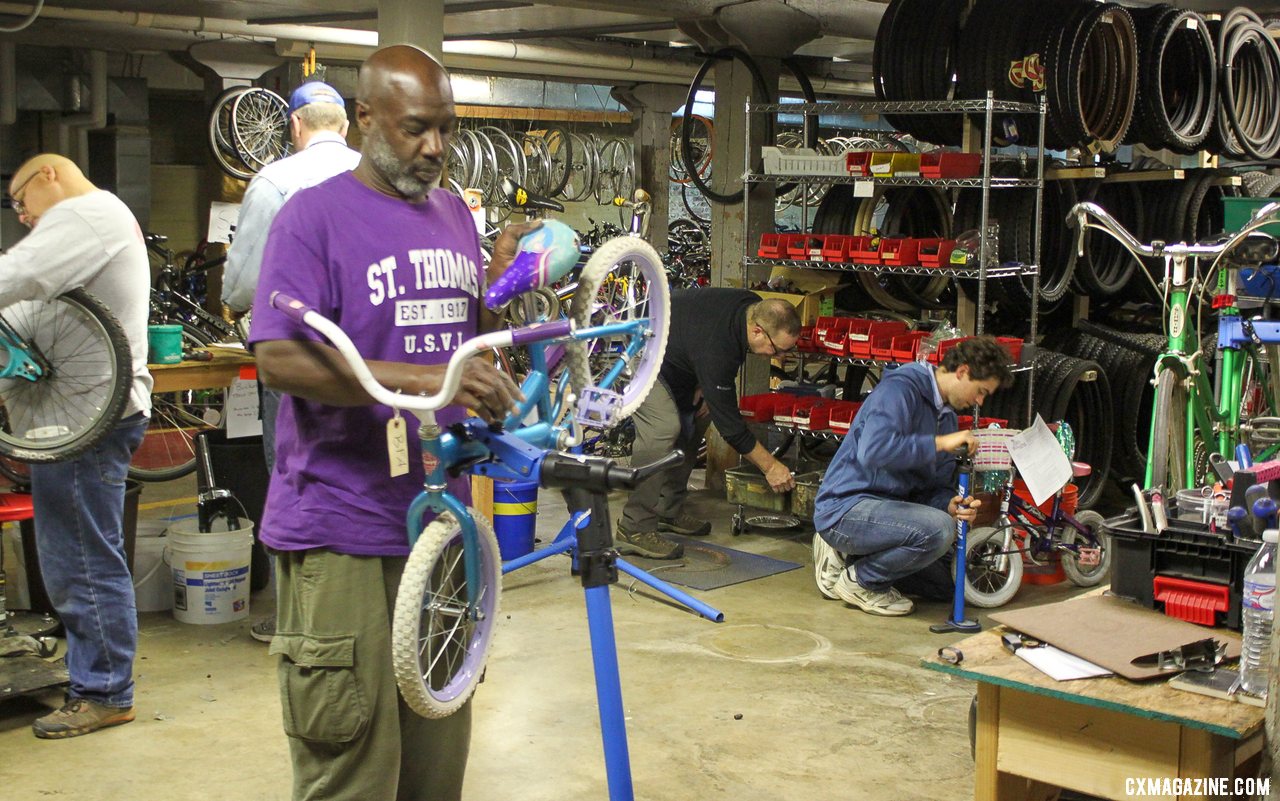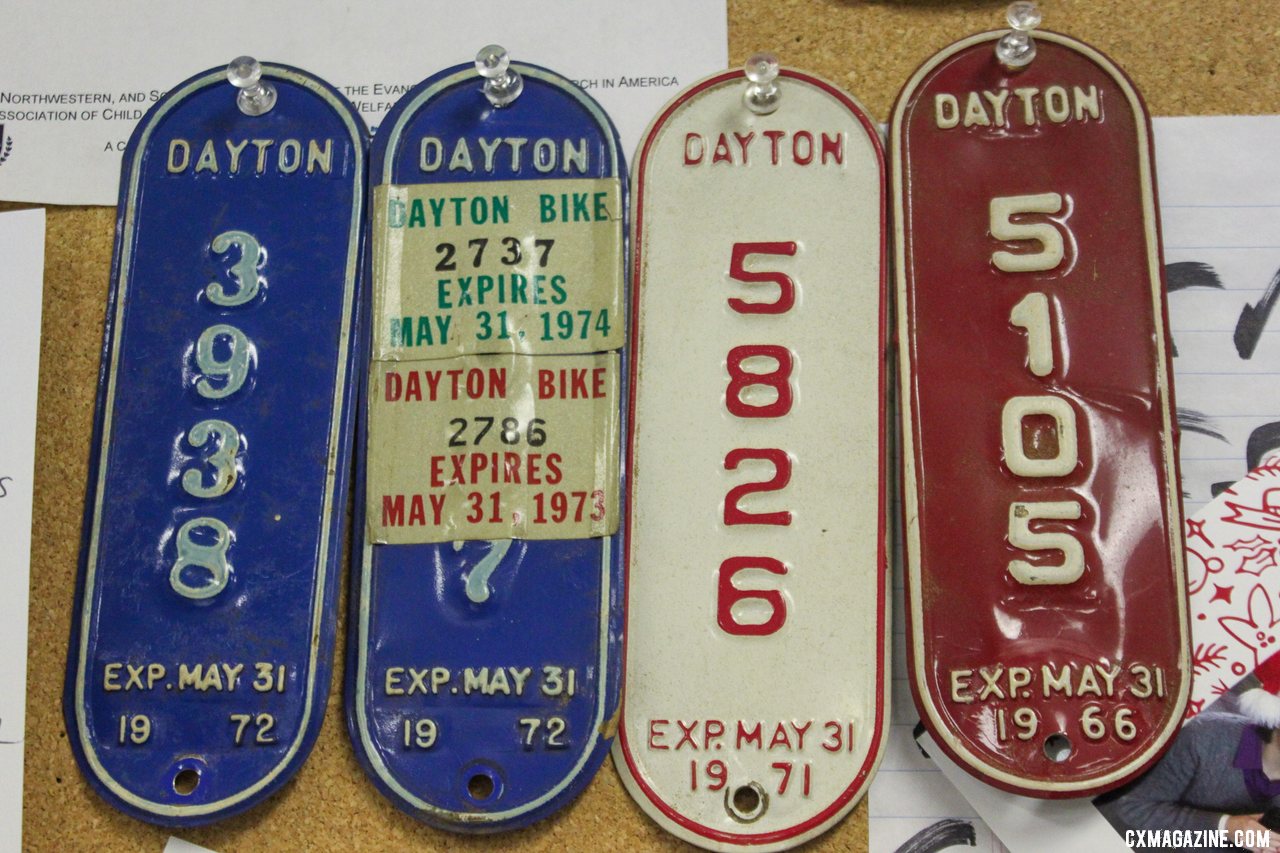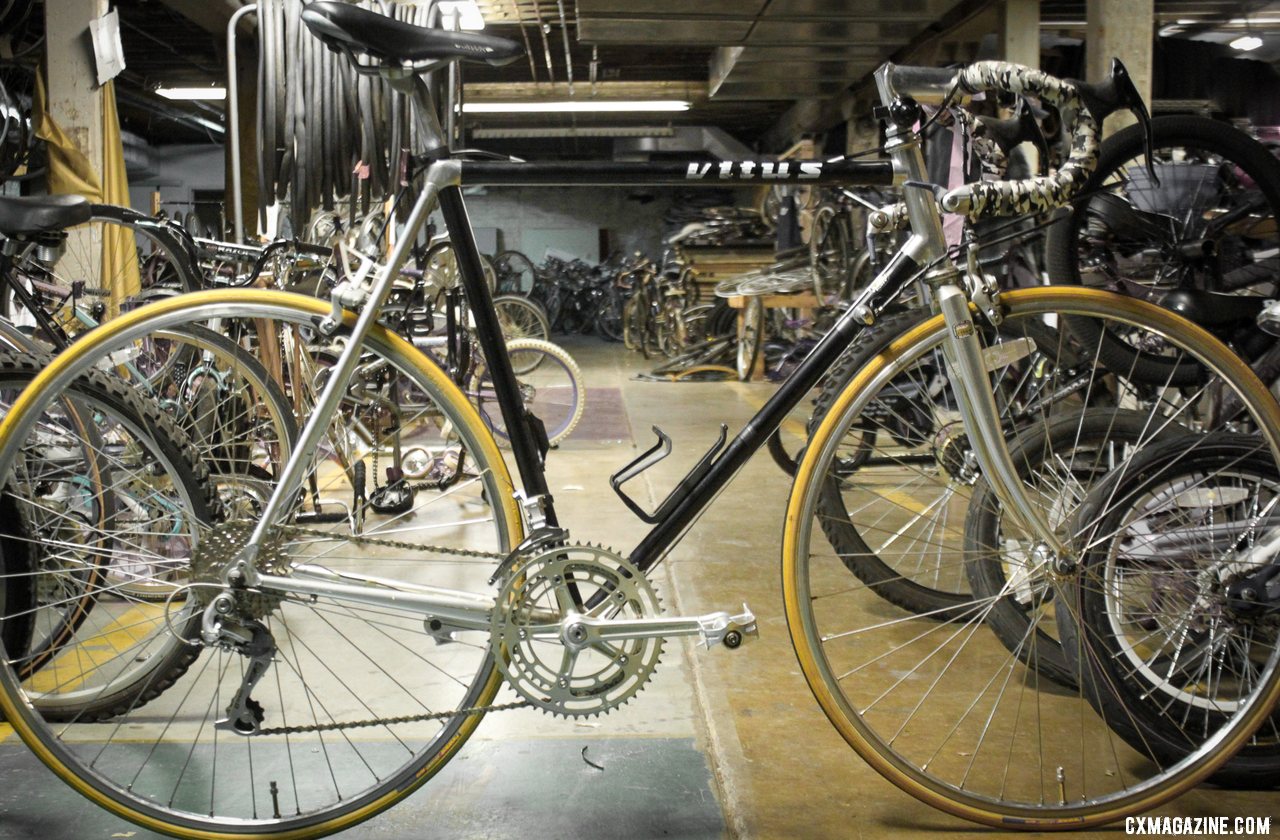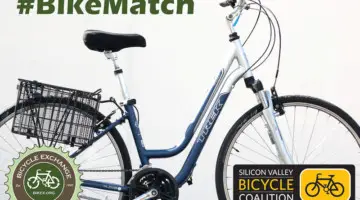Cyclocross season might be over, but it’s the perfect time to clean out the garage, wrench for good, give back and get more people on bikes. Several of us do just that with local nonprofits, and Brandon Grant offers a primer on why volunteering might be the best offseason training for the mind and soul.
Bike racing is a pretty selfish ordeal. Racing requires taking time for yourself to train, recover and travel. Beyond time costs, there are licenses to buy, entry fees to pay, travel costs and that doesn’t even address the price of equipment. All in, racing takes more than it gives.
There are ways to give back to the sport, like volunteering with a junior team or helping to put on a race. While those pursuits have merit and are of value, there is another outlet for goodwill that gives a return to those who may need it the most. Now that cyclocross season is done in the Northern Hemisphere, perhaps you’ve got a bit more time, especially before offseason disciplines really heat up.
Seek Out Your Nonprofit LBS
Nonprofit bike shops can be found in most moderate-size or larger cities and provide a valuable service to not only the cycling community but the general public. Some sell used bikes and new parts, teach bike repair and even rent out space and tools so you can repair your own bikes.
Local bike shops are a valuable community resource and can be a driving force in introducing new people to cycling. They are, however, a business and must turn a profit to continue existing. No matter how giving the staff is, there are projects that shops won’t take on, and repairs will rarely be free. While understandable, the nature of the business model means there are segments of the population that won’t be served by a shop.
A nonprofit, such as Bicycles For All in Dayton, Ohio, on the other hand, exists to provide a community service. “I view us as a bridge between the overall community and the bicycle community,” said Matt Tepper, manager of Bicycles For All. ”We get people who don’t always ride. We get a lot of people who are new at riding, it’s a new experience for them. We also have [the cycling community] coming in and supporting us.”

Volunteers power nonprofits like Bicycles for All nonprofit bike shop. © B. Grant / Cyclocross Magazine
Founded by local cyclist Steve Mays in 2012 with the mission of providing bikes at low costs, Bicycles For All was originally located in the suburb of Kettering. After a few years in a cramped space, it outgrew its original location and moved downtown to better serve its primary market. Now in a larger location, the organization has a retail showroom and a proper workshop space with plenty of room to store bicycles for repair or donor parts. “We’ve been here almost four years,” said Tepper.
Live in Peace Bike Shop, in East Palo Alto in California, has been refurbishing and repairing bikes for those in need while training youth with its apprentice program. Nonprofits like this can always use volunteers and donations, and you’ll learn a lot while helping out.
Kondo before the Fondo
Organizations like Bicycles for All or Live in Peace Bike Shop acquire bikes from community donations, and service them to distribute to segments of the community who could greatly benefit from bicycle ownership. Think immigrant populations, the homeless, economically disadvantaged families and at-risk youth. “We’re giving an affordable option to people might not necessarily be able to afford bikes,” Tepper told Cyclocross Magazine.
For these populations, the benefits of bicycle ownership are massive; the ability to attend school, travel to work or exit a food desert can be the catalyst in life-changing opportunities that are the difference in surviving and thriving. Usually, a co-op provides bikes at nominal prices and often on a sliding scale to cover their overhead, and generally provide support and service for free or steeply-discounted rates.
If you’re looking to give back this offseason (why not year ‘round?), or offset some guilt brought on your latest acquisition, consider your local nonprofit. These valuable community resources generally rely on volunteer staff, and a stream of donations to supply inventory and service parts. Too often co-ops suffer from a lack of available, qualified mechanics and a supply of quality equipment and service parts. “We need volunteers, always,” Tepper said. “Money, that always helps. Donating parts. We’ll be working all winter just to try and build up a back stock for spring.”
There are some things that are rarely acquired through donations. “We do buy some replacement parts,” Tepper explained. “We do buy tubes, we buy bar tape. That type of thing. Reflectors are something that we’ll never buy, we have plenty of those.”
Those purchases are funded by the sale of bikes, monetary donations and recycling bikes that have reached the end of their useful life. “When we do scrap a bike, we do take off the components, we make sure that they’re working,” said Tepper. “We scrap the rest of the bike and the funds from that do go back into the nonprofit.”
An old bike or parts taking up space at home will be appreciated here far more than its resale value suggests. Maybe you can sell an old bike for $150, but what is your time worth? After dealing with Craiglist flakes and responding to a dozen “Is it available?” emails, could you be better off with a tax deduction and the knowledge your donation will have a new life, and offer someone a lifeline through a much-needed steed?
Think your 12-pound carbon climbing bike wouldn’t be practical transportation for such clientele? You’re right, but nonprofits typically sell a select few bikes to help buy parts and pay rent. SVBE spends on average $40 in parts per bike it repairs and donates.
Wrench and Mentor
Even better, consider volunteering. An experienced mechanic has valuable knowledge and can help look through donated bikes, perform repairs, educate volunteers or instruct a basic repair class. Don’t feel comfortable with a wrench in your hands? No problem, there’s still plenty to do. “We have a couple of volunteers who don’t like bikes,” said Tepper, much to my surprise. “They tag along and we have plenty of stuff for them to do. If they like organizing that’s awesome.”

Because nonprofit shops get a diverse selection of donated bikes, they often have a plethora of vintage collectibles. As seen at Bicycles for All nonprofit bike shop. © B. Grant / Cyclocross Magazine
Who makes a good volunteer? “People who like to do different things, it’s not just wrenching on bikes,” Tepper explained. “You have to watch the front store, with people coming in and going out, so you need “people-people.” You do need some organizational skills because we get boxes of random parts. You don’t always know what’s in it and sometimes it’s hard to figure out what they are. They aren’t always bicycle parts.”
Of course, for bargain hunters and vintage bike and component fans, there’s always the possibility of finding a few diamonds in the rough in a nonprofit shop’s parts bins. It’s not uncommon to find Shimano Deore XT thumbshifters or Campy Super Record cranksets hiding in a spare parts bin, and available for a fraction of the going rate on eBay.
It’s also a good spot to start if you want to buy a dedicated gravel bike on the cheap. Vintage road bikes often have nearly-identical geometry to the new crop of gravel bikes, even if they didn’t have disc brakes or 1x drivetrains. Have your eye on a L’Eroica ride? These organizations often have qualifying rides and many others for a bargain price.

Nonprofits like Bicycles for All have a selection of vintage rides for sale that would make perfect L’Eroica rides. nonprofit bike shop. © B. Grant / Cyclocross Magazine
So this offseason, consider stopping by your local nonprofit to lend a hand, donate equipment or just to say hello. Cycling benefits from a vibrant community that keeps many of us coming back to the sport year after year. A nonprofit is a resource of and by that community that can serve to bring new people into our greater cycling family while making a difference in the communities we call home.
Find a nonprofit bike organization near you through bikecollectives.org.























